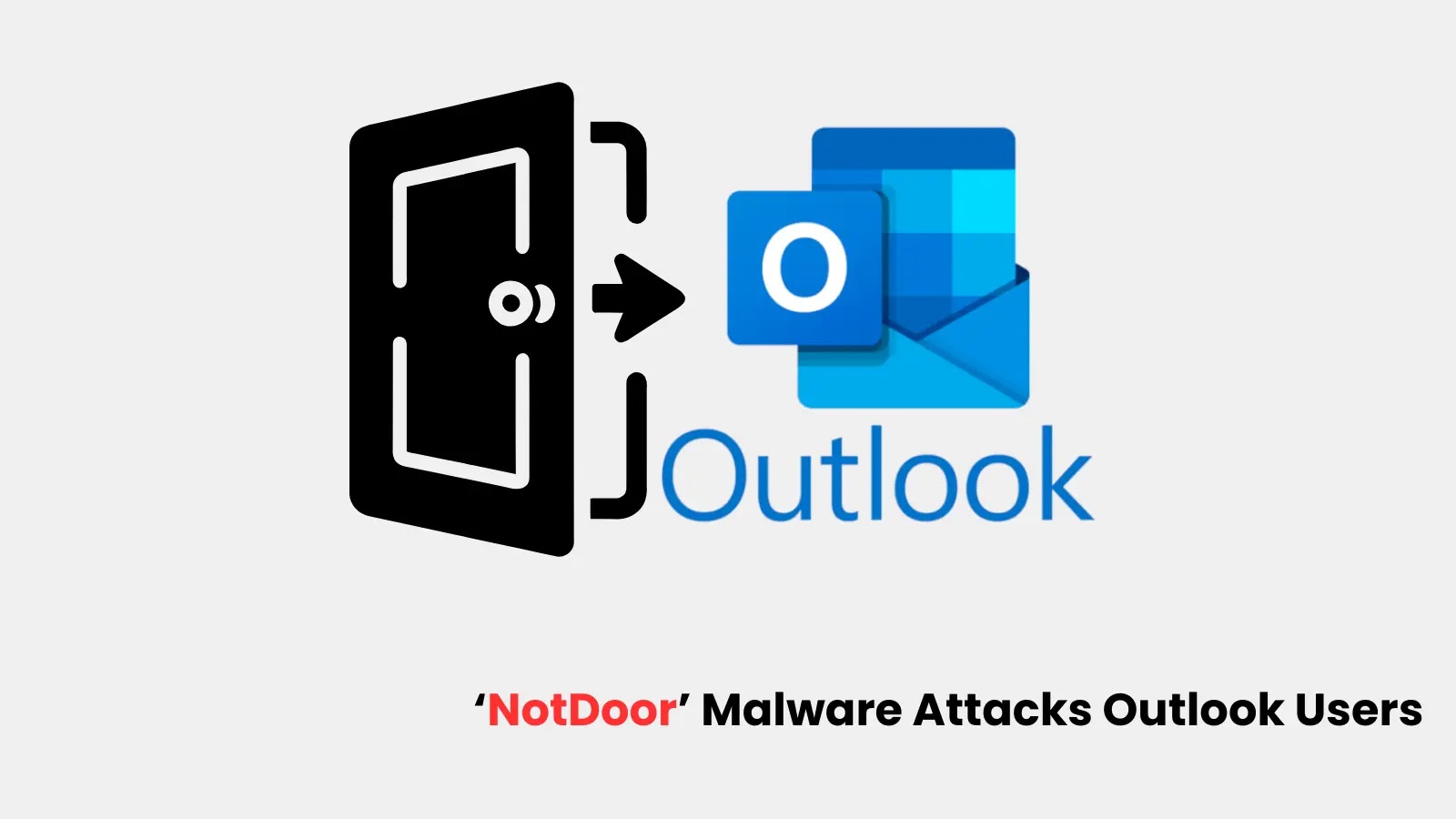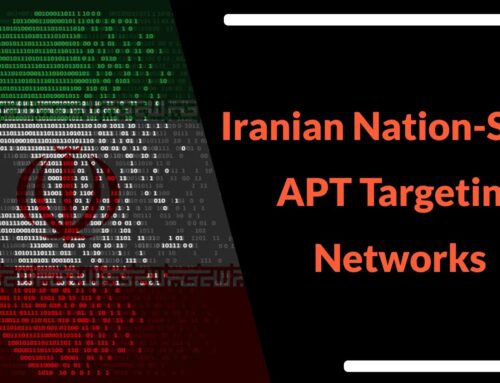
New ‘NotDoor’ Malware Attacks Outlook Users to Exfiltrate Data and Compromise Computers
Unmasking NotDoor: The APT28 Backdoor Targeting Microsoft Outlook
The digital vanguard is constantly under assault, and the latest threat to emerge is “NotDoor,” a sophisticated new backdoor specifically engineered to exploit Microsoft Outlook. This insidious malware, attributed to the notorious Russian state-sponsored cyber-espionage group APT28 (also known as Fancy Bear or Strontium), represents a significant escalation in targeted data exfiltration and system compromise. For IT professionals, security analysts, and developers, understanding the mechanics and implications of NotDoor is paramount to fortifying enterprise defenses.
What is NotDoor? A Deep Dive into APT28’s Latest Weapon
NotDoor is not merely a data stealer; it’s a multi-functional backdoor designed to afford threat actors extensive control over compromised systems. Its primary objective, as identified by security researchers, is to target Microsoft Outlook users, leveraging the trust associated with email communication to gain initial access. Once established, NotDoor enables a range of malicious activities:
- Data Exfiltration: The malware is purpose-built to siphon sensitive information from the victim’s machine, likely targeting credentials, confidential documents, and communication logs.
- File Uploads: Attackers can remotely upload additional payloads, tools, or even ransomware onto the compromised system, expanding their attack surface and capabilities.
- Command Execution: NotDoor grants threat actors the ability to execute arbitrary commands, allowing them to install further malware, modify system configurations, and maintain persistence.
The sophistication of NotDoor lies in its ability to bypass traditional security measures, likely employing advanced evasion techniques to remain undetected for prolonged periods. Its direct association with APT28, a group renowned for its advanced persistent threat (APT) capabilities and state-sponsored espionage, underscores the severity of this threat. While a specific CVE for NotDoor has not yet been publicly assigned (as it refers to a specific malware rather than a vulnerability in a particular product), its impact is directly tied to the exploitation of potential vulnerabilities in user behavior or existing system configurations. We will monitor for any linked CVEs.
The Impact: Why Outlook Users Are Prime Targets
Microsoft Outlook’s ubiquity in corporate and personal communication makes it an incredibly attractive target for threat actors like APT28. Email remains a primary vector for spear-phishing and social engineering attacks. By compromising Outlook, malicious actors gain immediate access to:
- Sensitive Communications: Emails often contain highly sensitive business, personal, and financial information.
- Contact Lists: A compromised Outlook account provides a ready-made list of potential targets for further attacks, leveraging trusted relationships.
- Access to Other Systems: Compromised email accounts can be used to reset passwords for other services, leading to broader network infiltration.
The ability of NotDoor to not only steal data but also to compromise the entire machine transforms a simple email compromise into a full-scale security breach, with potentially devastating consequences for data privacy, operational integrity, and reputational standing.
Remediation Actions and Proactive Defense Strategies
Defending against advanced threats like NotDoor requires a multi-layered, proactive approach. Organizations and individual users must implement robust security practices to minimize their attack surface and detect potential compromises early.
- Email Security Gateways: Deploy and configure advanced email security solutions capable of detecting and blocking malicious attachments, URLs, and phishing attempts before they reach end-users.
- Endpoint Detection and Response (EDR)/Extended Detection and Response (XDR): Implement EDR/XDR solutions to monitor endpoints for suspicious activity, detect anomalies, and provide rapid response capabilities.
- Regular Software Updates and Patching: Ensure all operating systems, applications (especially Microsoft Office and Outlook), and security software are kept up-to-date with the latest security patches. This mitigates known vulnerabilities that attackers might exploit.
- User Awareness Training: Conduct regular and mandatory cybersecurity awareness training for all employees. Emphasize the dangers of phishing, spear-phishing, and social engineering attacks, particularly those involving email attachments and suspicious links.
- Multi-Factor Authentication (MFA): Enforce MFA for all email accounts and other critical systems. This adds a crucial layer of security, making it significantly harder for attackers to gain unauthorized access even if they obtain credentials.
- Principle of Least Privilege: Implement the principle of least privilege for all user accounts, granting only the necessary permissions required for their roles.
- Network Segmentation: Segment networks to limit the lateral movement of attackers if a compromise occurs.
- Regular Backups: Maintain regular, off-site, and immutable backups of critical data to ensure business continuity in the event of a successful attack.
- Incident Response Plan: Develop and regularly test a comprehensive incident response plan to ensure a swift and effective reaction to security incidents.
Essential Tools for Detection and Mitigation
Leveraging the right tools is critical in the fight against sophisticated malware like NotDoor.
| Tool Name | Purpose | Link |
|---|---|---|
| Microsoft Defender for Endpoint | Endpoint detection and response (EDR) for identifying and responding to advanced threats. | https://learn.microsoft.com/en-us/microsoft-365/security/defender-endpoint/ |
| Proofpoint / Mimecast | Advanced email security gateways for threat protection and phishing prevention. | https://www.proofpoint.com/ https://www.mimecast.com/ |
| Wireshark | Network protocol analyzer for detecting suspicious network activity potentially indicative of C2 communication. | https://www.wireshark.org/ |
| VirusTotal | Online service for analyzing suspicious files and URLs for malware. | https://www.virustotal.com/ |
| Endpoint Privilege Management Solutions (e.g., CyberArk, Delinea) | Enforce least privilege, preventing unauthorized execution of malicious code. | https://www.cyberark.com/products/privileged-access/endpoint-privilege-manager/ https://delinea.com/products/secret-server |
Conclusion: Staying Ahead of Advanced Persistent Threats
The emergence of NotDoor serves as a stark reminder of the persistent and evolving threat landscape posed by state-sponsored actors like APT28. Their focus on highly sensitive targets such as Microsoft Outlook underscores the necessity for robust, multi-layered cybersecurity defenses. Immediate action, including the implementation of the recommended remediation strategies and the strategic deployment of security tools, is critical. Vigilance, continuous threat intelligence monitoring, and ongoing user education are the cornerstones of an effective defense against today’s most sophisticated cyber threats. Protecting critical data and systems requires a proactive stance and a deep understanding of the tactics employed by adversaries.





